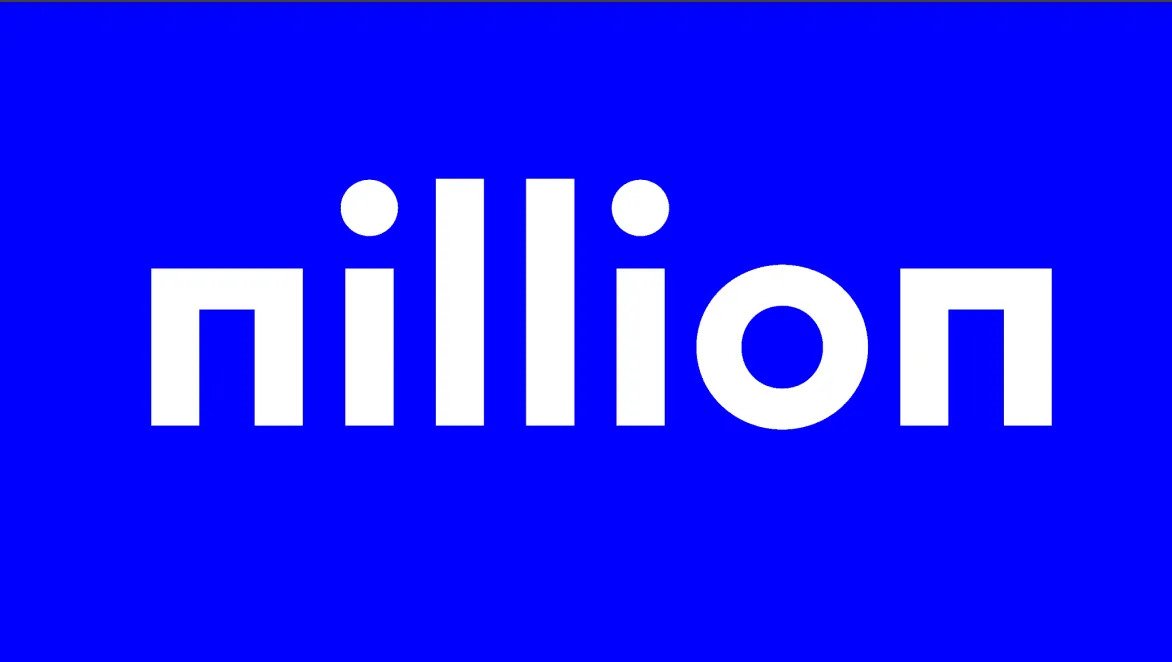Hello, cyberpunks and crypto-enthusiasts!
Ever wondered what makes a crypto network stand tall against data breaches and cyber-attacks? Here's your chance to deep-dive into the nuances of network security with Nillion's Information-Theoretic Security (ITS).
We live in a world where encryption isn't always enough. Hackers can potentially decrypt sensitive data by leveraging computational power. But, in a twist to the usual narrative, Nillion's ITS offers cryptanalytically unbreakable security. This means that hackers, despite their impressive computational capabilities, simply can't hack the system.
So, let's dissect this a bit further.
Embracing Unbreakable Security: The ITS Approach
With Nillion's ITS, the key is in the shares of the blinding factor. If T+1 shares can reconstruct this factor, a hacker breaking into T or fewer NMC Nodes will not have enough information to crack the secret. This shields the network against large coordinated attacks (think Sybil attacks), making hacking practically impossible at a network scale. But what about individual data? Could that still be hacked?
Countering Impersonation Attacks: The Role of Multi-Factor Authentication
Yes, an individual's data could be targeted with a front door attack, aka impersonation. A bad actor could impersonate someone else by acquiring their password. This is where Nillion steps up with Multi-Factor Authentication (MFA). A user's MFA could be a combination of a password, biometrics, geographical location, and more, making impersonation significantly more challenging. And what about backdoor attacks?
The Unlikelihood of Successful Backdoor Attacks
Backdoor attacks, while extremely unlikely, are theoretically possible. They hinge on NMC nodes gaining access to the input data. But here's the catch: this requires nodes to identify and obtain the blinding factors from all full nodes, an incredibly complex feat. Given the ITS nature of the network, it's nearly impossible for an attacker to meaningfully conduct a backdoor attack on Nillion.

Ensuring Authorized Access: The Role of Dealer Nodes
Concerned about an attacker setting up a result node to pull all private data out of the system? Fear not. The dealer nodes in Nillion have the power to authorize who can be a result node for specific data sets. An attacker not designated for certain data wouldn't have the required authorization to request the data.
Passive vs Active Adversaries: Understanding the Difference
Nillion's network must be secure against two types of adversaries: passive and active. Passive adversaries stick to the protocol while trying to uncover confidential information. Active adversaries, on the other hand, are willing to deviate from the protocol, providing inaccurate or delayed computational outputs. To combat active adversaries, Nillion employs error correction and message authentication codes (MACs), ensuring result nodes can detect any deviation.
Byzantine vs Broadcast Setup: Two Sides of Network Security
To further secure its network, Nillion has the option between a Byzantine setup, offering security even if less than a third of the nodes are bad actors, and a Broadcast setup, which provides more significant security but risks secrets not being reconstructed if too many nodes exit the network.
Can Firewall Attacks Compromise Nillion?
A firewall, designed to block unwanted traffic, could theoretically be used to prevent nodes from communicating, making information reconstruction impossible. However, Nillion's Byzantine and Broadcast setups provide robust protection against such attacks, making them highly improbable. In the ever-evolving world of cyber-security, Nillion stands as a paragon of network protection. Its ITS approach, coupled with a multi-faceted security setup, ensures the network remains impervious to both brute force attacks and sophisticated hacking attempts. Stay tuned to this space as we continue to explore and unravel the marvels of cryptography in our daily lives!
